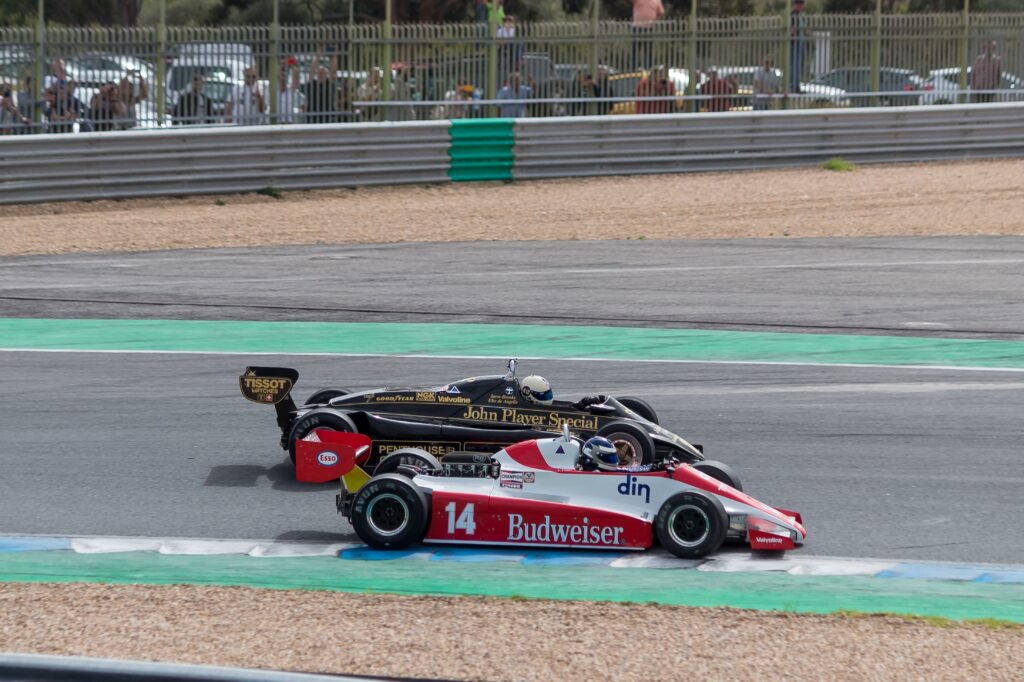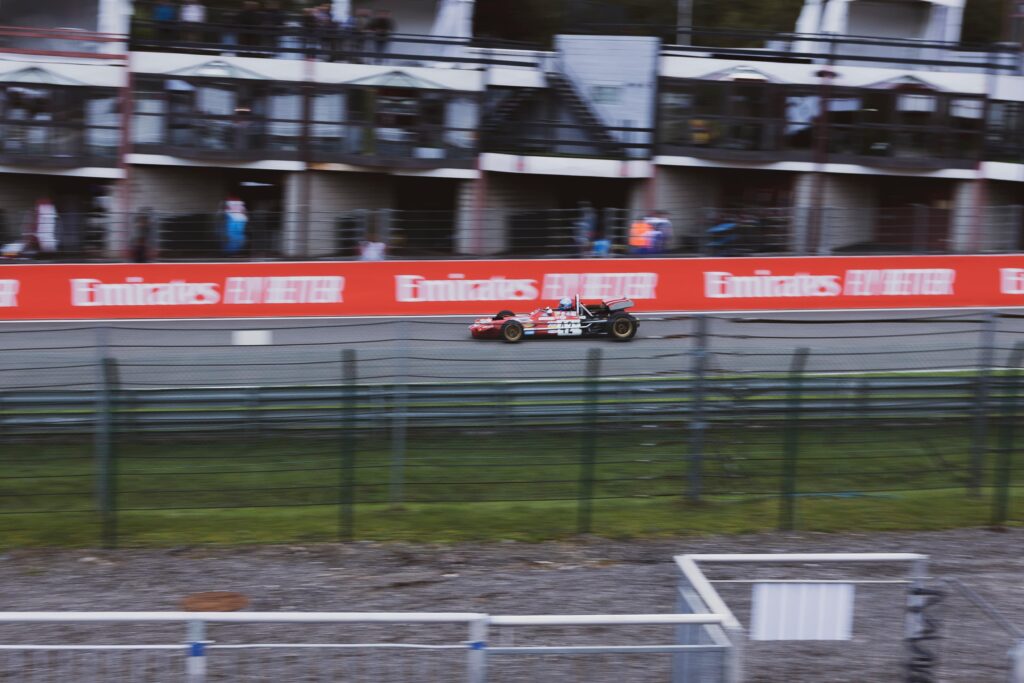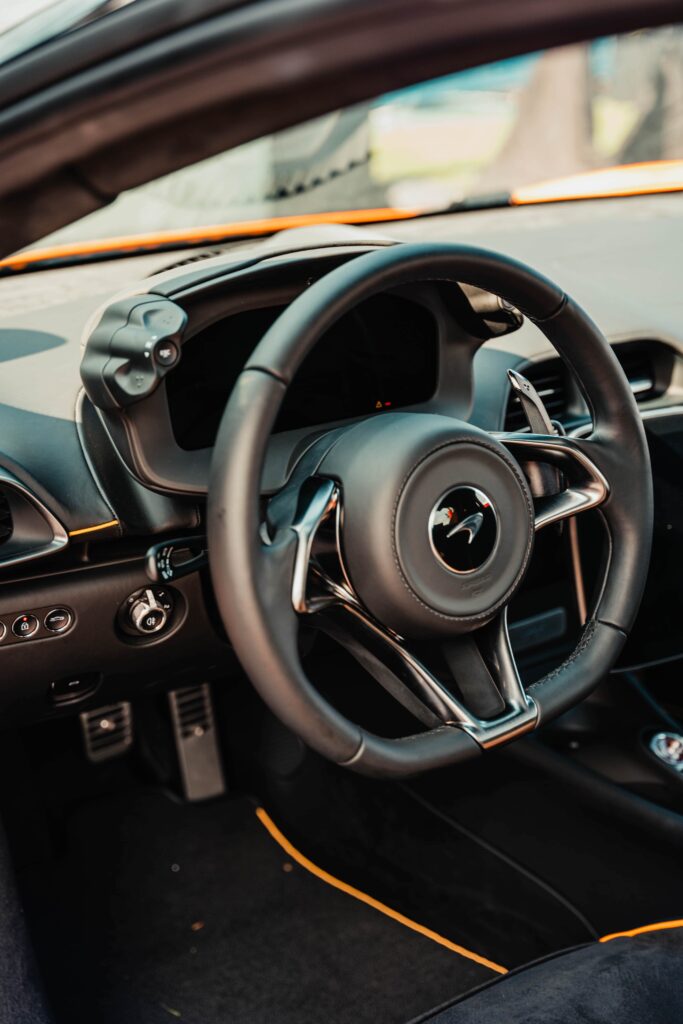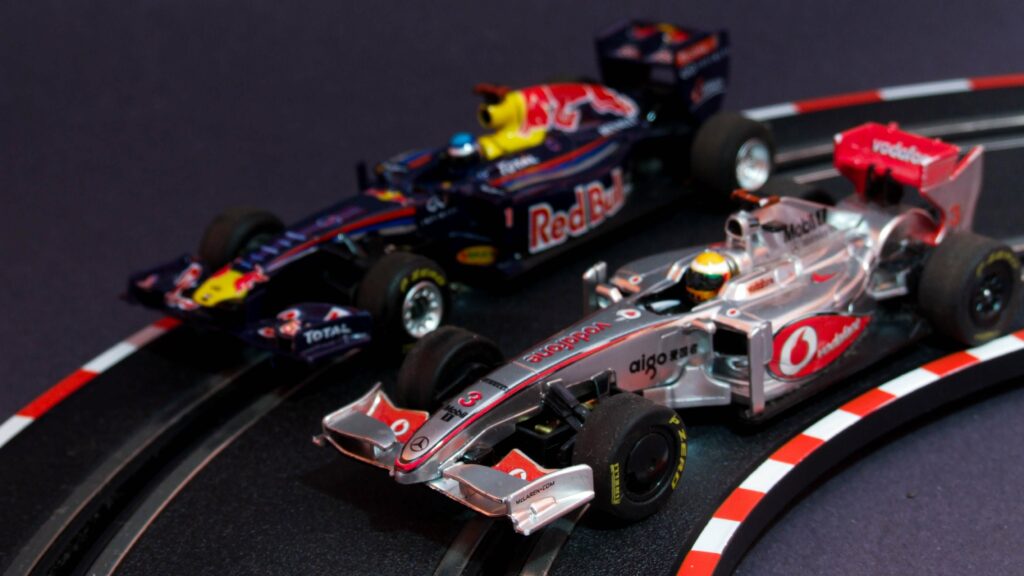Formula 1 racing is one of the most thrilling and exciting motorsports in the world, with top teams and drivers competing for glory on some of the most challenging racetracks in the world. In this high-speed sport, every aspect of the car’s performance, including its steering system, is critical to success. The question often comes to mind is whether or not F1 cars have power steering. While power steering is common in road cars, the situation is not always straightforward regarding Formula 1. In this article, we will explore the answer to this question, the importance of steering in F1 racing and the specific challenges drivers face in controlling their cars at high speeds.
Contents
What is power steering?
Power steering is a system that assists the driver in turning the steering wheel of a vehicle, making it easier to maneuver the car. It was first introduced in the 1950s, and since then, it has become a standard feature in most road cars. The purpose of power steering is to reduce the effort required to steer the car, especially at low speeds, where the weight of the car and the friction between the tires and the road can make turning the steering wheel more difficult.
In road cars, power steering is typically hydraulic, using a pump to pressurize hydraulic fluid, which then assists the driver in turning the steering wheel. The amount of assistance the system provides varies depending on the car’s speed, with more assistance provided at low speeds and less at high speeds.

In Formula 1 cars, power steering systems differ from those used in road cars. F1 power steering systems are designed to be lightweight, compact, and responsive, allowing the driver to make quick and precise steering inputs. They are also designed to work at very high temperatures and pressures, which is common in F1 racing. F1 power steering systems typically use an electric motor to assist the driver rather than hydraulic pressure. The system’s assistance is also adjustable, allowing drivers to customize the steering feel.
Steering in F1 cars
The steering system in Formula 1 cars is one of the most critical components, allowing drivers to control the car’s direction at high speeds. Unlike road cars, where the steering wheel is connected to the front wheels through a mechanical linkage, the steering system in F1 cars is a complex hydraulic and electronic system that provides precise control over the car’s direction.
The steering wheel in an F1 car is a multifunctional device that controls not only the direction of the car but also a range of other functions, such as adjusting the engine mapping, changing gears, and controlling the differential. The steering wheel is connected to the car’s steering system through sensors and electronic controls, allowing the driver to make quick and precise steering inputs.
However, steering an F1 car at high speeds is challenging. The car’s high speeds and aerodynamic forces make it difficult for the driver to make precise steering inputs. Crosswinds can also affect the car, making it challenging to keep the car on the track. Additionally, the driver must constantly adjust the steering to maintain the optimal racing line while avoiding other cars on the track.
To overcome these challenges, F1 drivers undergo extensive training and practice, developing their reflexes and hand-eye coordination to make split-second steering inputs. They also work closely with their teams to adjust the car’s setup to optimize its handling characteristics, including the steering feel, to suit their driving style and the specific demands of the track.
Power steering in F1 cars
In Formula 1 racing, power steering is a crucial component that enables drivers to maneuver their cars more precisely and efficiently. F1 power steering systems are specifically designed for the high-speed demands of the sport, providing drivers with the assistance they need to make quick and precise steering inputs.
F1 power steering systems differ from road cars as they are more lightweight, compact, and responsive. Instead of using a hydraulic pump to pressurize fluid, F1 power steering systems use an electric motor to assist the driver. This allows for more precise control over the amount of assistance provided, allowing drivers to customize the steering feel to their liking.

Another significant difference between F1 power steering systems and those used in road cars is the level of sophistication. F1 power steering systems are highly advanced, featuring a range of sensors and electronic controls that monitor the car’s performance and adjust the steering assistance accordingly. This allows drivers to make quick and precise steering inputs, even at high speeds and helps them maintain control over the car in challenging situations.
Additionally, F1 power steering systems are designed to be highly reliable, as any failure could result in a catastrophic accident. As a result, F1 teams invest significant resources into designing and testing their power steering systems, ensuring they can withstand the extreme conditions of the racetrack.
Benefits of power steering in F1
Power steering in F1 cars provides several benefits to drivers, helping them navigate the challenging and high-speed world of Formula 1 racing.
First and foremost, power steering allows drivers to make quick and precise steering inputs, even at high speeds. The assistance provided by the power steering system enables drivers to maneuver their cars with greater ease and accuracy, allowing them to maintain control over the car in challenging situations. This is particularly important in Formula 1 racing, where split-second decisions can mean winning and losing.
The power steering also helps drivers conserve their energy during long races. Without power steering, drivers would have to rely solely on their physical strength to control the car, which can be exhausting, especially during races that last for several hours. With power steering, drivers can conserve their energy, allowing them to focus on other aspects of racing, such as strategy and technique.
Moreover, power steering can impact a driver’s performance and safety on the track. A well-designed power steering system can give drivers more confidence in their abilities, enabling them to push the car’s limits without fear of losing control. This can lead to faster lap times and better race results. On the other hand, a poorly designed or malfunctioning power steering system can be a significant safety hazard, as any failure could result in a catastrophic accident.

Do f1 cars have power steering?
In summary, power steering is an essential component of Formula 1 cars, providing drivers with the assistance they need to navigate the challenging and high-speed world of F1 racing. F1 power steering systems are designed to be lightweight, compact, and highly advanced, allowing quick and precise steering inputs even at high speeds.
So, the answer to the question, “Do F1 cars have power steering?” is yes. F1 cars are equipped with power steering systems specifically designed to meet the demands of the sport.
The importance of power steering in F1 racing cannot be overstated. It gives drivers the confidence and control they need to push the car’s limits and make split-second decisions that can mean the difference between winning and losing. Without power steering, F1 racing would be much more physically demanding for drivers, and the risk of accidents would be significantly higher.
More Posts :
Bent License Plate: A Comprehensive Guide for 2023
Is Speedway Gas Good for Your Car? A 2023 Comprehensive Analysis






